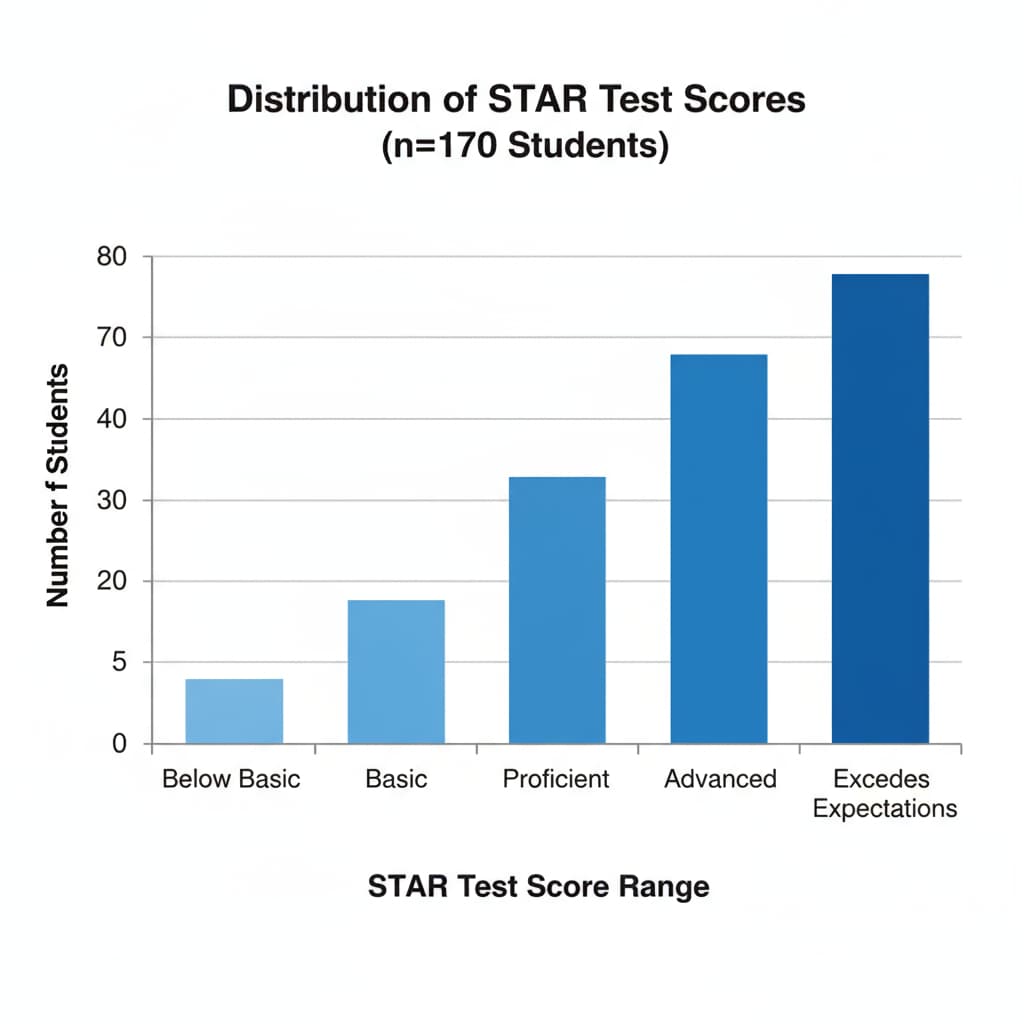When it comes to evaluating a child’s academic progress in the early elementary years, the STAR Test, along with percentile rankings and overall performance evaluation, plays a crucial role. Parents often look to these scores as a measure of their child’s success in school. However, understanding the true nature of STAR Test results requires a closer examination.

The Basics of the STAR Test
The STAR Test, or the Standardized Testing and Reporting program, is designed to assess a student’s knowledge and skills in reading, mathematics, and other key subjects. It provides a snapshot of where a student stands compared to their peers across the nation. For example, a high percentile ranking might indicate that a child is performing well above average. According to Educational Testing Service (ETS), these tests are carefully crafted to measure a wide range of cognitive abilities.

Understanding Percentile Rankings
Percentile rankings are a key component of STAR Test results. A percentile rank of 90, for instance, means that a student has performed better than 90% of the students in the norm group. However, it’s important to note that this doesn’t necessarily mean they have mastered all the material. As explained on Britannica, percentile rankings are relative measures, not absolute indicators of knowledge. In lower grades, a high percentile might be influenced by factors such as a child’s early exposure to certain concepts or a natural aptitude for learning.
Another aspect to consider is that the norm group used for percentile rankings can vary. Different versions of the STAR Test may have different norm groups, which could affect the interpretation of scores. Therefore, parents should not solely rely on percentile rankings to gauge their child’s academic abilities.
Readability guidance: The above sections break down key aspects of the STAR Test and percentile rankings. Using simple language and providing clear examples helps in better understanding. Transition words like ‘however’ and ‘therefore’ are used to connect ideas.
The Reliability of STAR Test Scores
While the STAR Test aims to provide accurate assessment, its reliability can be questioned. Factors such as test anxiety, unfamiliarity with the test format, or even the time of day can impact a student’s performance. For example, a child who is normally a good reader might struggle on the test day due to nerves. In addition, the test may not fully capture a student’s in-depth understanding of a subject. It focuses on specific skills and knowledge, leaving out aspects like creativity and critical thinking.
Moreover, the STAR Test is just one measure of a child’s learning. A single test score may not represent their overall academic progress. Teachers often use a variety of assessment methods, including classroom work, projects, and oral presentations, to get a more comprehensive view of a student’s abilities.
The Evaluation Value of STAR Test Scores
Despite its limitations, the STAR Test does have evaluation value. It can help teachers identify areas where a student may need additional support. For example, if a child scores low in a particular subject area, the teacher can use this information to provide targeted instruction. Additionally, it can give parents an idea of how their child is performing compared to their peers, which can be useful for setting goals.
However, it’s essential to use STAR Test scores in conjunction with other forms of assessment. By combining different types of evaluations, parents and teachers can get a more accurate picture of a child’s strengths and weaknesses. This holistic approach to evaluation is crucial for supporting a child’s educational growth.
In conclusion, when looking at STAR Test scores, percentile rankings, and overall performance evaluation, it’s important to take a balanced view. These scores can offer valuable insights, but they should not be the sole determinant of a child’s academic success. Parents and educators need to consider multiple factors to truly understand a child’s learning journey in the early elementary years.


